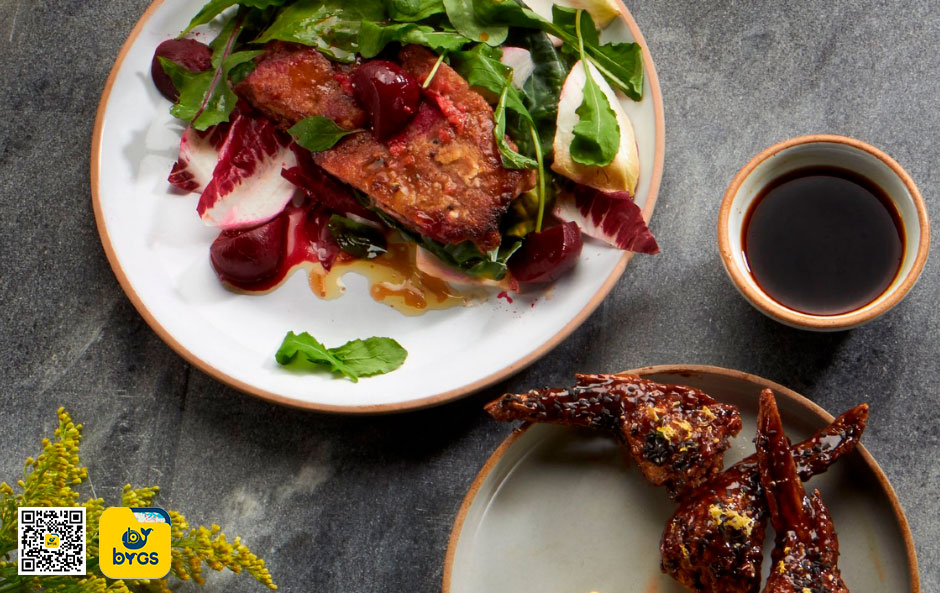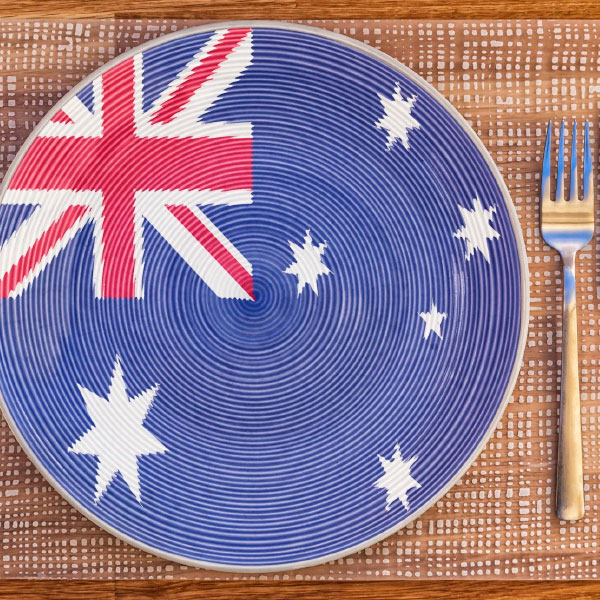Australian Cuisine
Australian cuisine is a vibrant tapestry of flavors reflecting the country’s cultural diversity and the abundance of fresh ingredients available across its vast landscapes. Influenced by Indigenous traditions and waves of immigration from around the world, Australian cooking offers a rich and varied culinary experience.
Historical and Cultural Influences
The culinary history of Australia is deeply influenced by its Indigenous populations and European, Asian, and Middle Eastern immigration. Before European colonization, Aboriginal people used traditional hunting and gathering methods, with a diet based on game meats, fish, seeds, fruits, and native vegetables. Known as “bush tucker” or “bush food”, this tradition is celebrated today for its innovative use of native ingredients.

With British colonization, Australian cuisine began to incorporate typical British dishes like pies, roasts, and desserts. Over the years, continuous immigration from Italians, Greeks, Chinese, Vietnamese, Lebanese, and many other groups brought new ingredients and techniques, creating a unique and multicultural fusion.
Typical Dishes and Ingredients
- Seafood: With its extensive coastline, Australia is known for its fresh fish and seafood. Barramundi, prawns, oysters, and lobsters are frequently found on menus. Fish and chips is a classic popular at the beaches.

- Kangaroo Meat: While it may seem exotic to visitors, kangaroo meat is a lean and sustainable protein with a distinct flavor and is rich in iron. It is used in steaks, burgers, and grilled dishes.

- Vegemite: A staple in Australian households, Vegemite is a yeast extract spread beloved by many. It is typically spread on toast or sandwiches and appreciated for its salty, umami flavor.

- Australian Meat Pies: Savory pies are an iconic part of Australian cuisine, with the meat pie being the most popular. These pies filled with meat and gravy are often enjoyed as a snack or quick meal.

- Australian Barbecue (Barbie): The barbecue, or “barbie”, is an essential part of Australian food culture, especially for social gatherings. Meats like steaks, sausages, and even seafood are grilled outdoors, often accompanied by fresh salads and bread.

- Lamingtons: An iconic sweet treat, lamingtons are sponge cake squares coated in chocolate and desiccated coconut. Often filled with cream or jam, they are a popular delicacy at parties and events.

- Anzac Biscuits: These crunchy cookies made from oats, coconut, sugar, and golden syrup are a legacy of World War I and continue to be a traditional treat enjoyed nationwide.

Contemporary and Regional Influences
Today, the Australian culinary scene is characterized by innovation and the use of fresh, local ingredients. Coastal cities like Sydney and Melbourne are renowned for their sophisticated restaurants and food markets, offering an eclectic mix of international and local dishes. Fusion cuisine combining Western and Asian techniques is particularly popular, reflecting Australia’s cultural diversity.
In regions like South Australia and Tasmania, wine-producing areas are known for their renowned wines that complement local cuisine. Dishes made with high-quality lamb, beef, and agricultural products are common in these areas.

Conclusion
Australian cuisine reflects its rich cultural heritage and passion for fresh ingredients and authentic flavors. Whether enjoying a classic barbecue at the beach, exploring innovative dishes in a city restaurant, or experiencing traditional bush tucker, Australia offers a unique gastronomic experience that celebrates culinary diversity and creativity.











